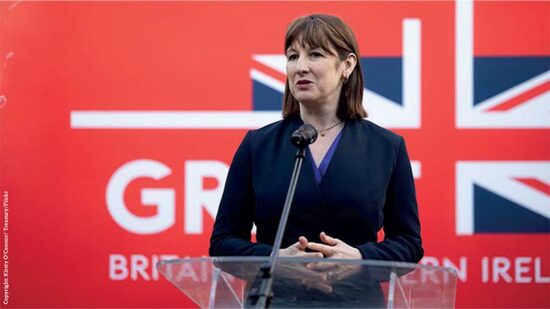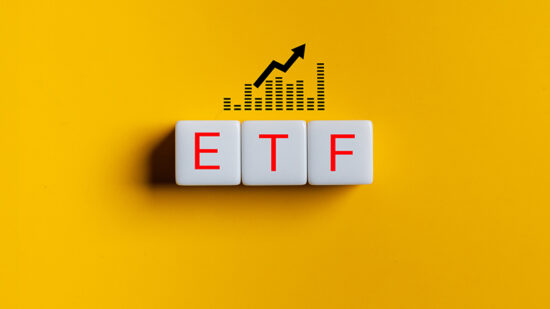Some asset classes, though, have been sold off well in excess of any real deterioration in quality or fundamentals.
For fixed income investors, selectivity and flexibility continue to be key for navigating such choppy waters.
China’s slowing growth has only recently been reflected in markets. Policymakers shocked investors by adopting a range of accommodative measures to bolster growth. The lack of clarity around what policy options are available to the People’s Bank of China, though, and whether it can successfully stabilise economic growth has not fostered market confidence.
China’s global importance, its slowing growth and currency devaluation hit commodities. In Q3 2015, the Thomson Reuters CRB Commodity Index (a measure of 19 commodities) fell by 15%, and the effect was felt across emerging markets.
Countries reliant on commodities for income had to significantly devalue their currencies to make up for the shortfall in local currency revenue.
Further policy action from China and a stabilisation of commodity prices are necessary prerequisites for better overall sentiment towards the asset class.
The effect of lower commodity prices was also evident in US high yield, where 13% of the index is composed of energy-related issuers. While the asset class continues to offer value and a stable US economy remains a positive for its outlook, investors should remain wary of the effect of oil prices.
Elsewhere, European high yield only has an exposure of 5% to the energy sector. Its valuation has improved because of the indiscriminate sell-off in risky assets.
The Fed’s first interest rate rise is a major uncertainty for fixed-income investors and is creating market volatility. Most observers think the earliest US rates will rise is at the beginning of 2016. As a result, investors may cut their exposure to nominal US Treasuries now. Overall, a largely positive performance in government bonds seems doubtful, given their expensive valuations and the potential for duration to be a negative contributor to the performance of portfolios if central banks indeed raise rates.
The third quarter of 2015 was also marked by the return of idiosyncratic risk. Corporates have been benefiting from cheap financing over the past few years and idiosyncratic risk has been relatively subdued.
September, though, was marked by two stories – Glencore and Volkswagen – that saw both issuers suffer. Even so, the momentum in UK and European investmentgrade credit is positive, because recent idiosyncratic risks have put spreads under pressure and improved valuation, while fundamentals remain solid.
US investment grade needs a more cautious approach, because in spite of improved valuation, the high level of supply and increased leverage could lead to some further spread widening before year end.








